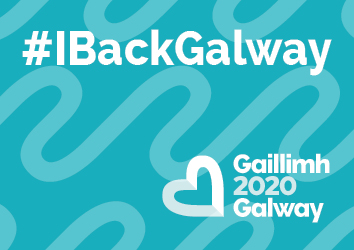Ainslie Peters – Furniture Designer
Currently the chair of Galway Design Network, furniture designer Ainslie Peters works with Nadhura bespoke furniture design.
More from...
Can you tell us a bit about yourself?
I'm from Canada originally. My academic background - I did my undergraduate in Art History and Philosophy and then my Masters in England in Aesthetic Philosophy. I focused on garden design and the appreciation of the natural world and should it relate to being considered a work of art. I looked at alot of formal gardens - the intention that went into that and the artistic purpose in that. Then looking at whether or not we should consider them works of art and how to appreciate them as a viewer. From there, I moved to Ireland to work in non-profit. I worked at Barretstown from 2006, in a residency camp for children with cancer and life-threatening illnesses from all over Europe. It's part of the SeriousFun Children’s network, which was started by Paul Newman and based in Connecticut. At the the moment, there are 7 camps in America, there are five in Europe and there's a slew of global programmes as well. I was camp director there for a few years and then moved to Colorado to set up a sister camp for our young people - so that was my career path for about ten years. Around 2011, I was looking for a career change. I really wanted to get back into academia and I wanted to move into the design world, but wasn't sure what path I wanted to take. I toyed with landscape design for a while - that was a natural fit, considering what I had studied before. Then I heard about the furniture design and manufacture programme at GMIT Letterfrack, and I looked all over for similar programmes elsewhere, back in Canada, and there's really nothing equivalent to the scope and breadth of what is taught there. So I packed up my career and I moved to Letterfrack and just finished in 2015.
That must have been a big change for you, living out in Letterfrack
It was a huge cultural change. I figured I had been in Ireland for five years, I sort of knew what to expect, but it was just an entirely different environment. I'd never picked up a tool in my life, I had no idea what I was getting into, but the work I had done before was so physically and emotionally demanding. I was looking for a creative outlet to put myself into my stretch zone, looking for a challenge and from when I started, I instantly fell in love with it.
What did you find you swayed toward most in the course?
There's huge scope there. Graduates of GMIT Letterfrack really excel at the technical education side of it; 3D modelling and CAD systems. That was something that I had never done before in my career or studied before, so that was something new and really interesting. I really loved the hands-on side of manufacturing and designing a product and seeing it right through the design process all the way to manufacturing, marketing. That whole scope of it was really great. From there, during my fourth year, I started part-time with a Galway-based design company called Nadhura, so that's where I am now. There's six of us at the moment, we're all graduates of GMIT Letterfrack. We have a product focus with a customised furniture range and we do a lot of bespoke and custom work with individual clients. We’re also working with some companies in America and the UK on the design, engineering, 3D modelling building information side of things and now that the economy is picking up a bit, we're now looking at some Ireland-based and Galway-based interiors projects.
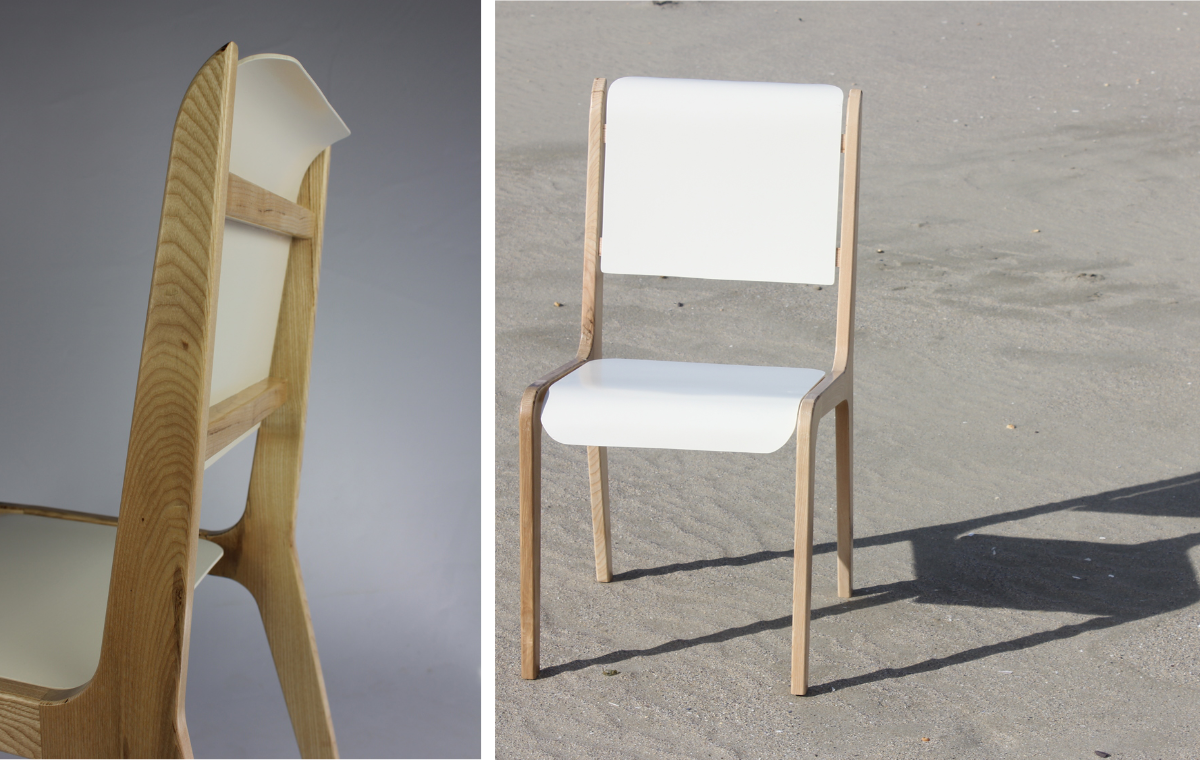
Describe Yourself.
Not to sound lame, but some of what I said before - I'm really passionate about communication, maybe that's a Canadian trait as well; we're chatty, we like to talk through things. Very curious, sarcastic, very organised.
What exactly do you do in your job?
We do a lot of things collaboratively and as a group - we're a small office, but I would look at the product side and getting that ready to market. I work with our individual clients that might see a product on our website, but they want a few changes to it - colour changes or different dimensions, different features; I work with them to develop a bespoke product. We don't manufacture ourselves, we have manufacturing partners.
What is it you like most about what you do now?
I love the problem-solving side of it. I love working with the clients and being able to translate what their ideas are, help them decide what it is they want. I think a lot of people don't necessarily have the language around design, so they might have an idea of something they might like, but they don't know how to translate that into something tangible or how to find a language around that. So I love working with clients on that and being able to turn that into something concrete for them.
Do you find that coming to this a little later on after you had a completely different career, that you find it easy to communicate?
In my last career, we worked with children from 22 European countries, so a lot of children that I worked with in the SeriousFun Network did not have English as a first language, or maybe we didn't have a common language at all, so the communication side of things is something I'm very passionate about. I think using design to communicate a whole range of things is really special, as is being able to work with clients to help them come up with the way they want to express themselves visually. Furniture design is so unique in that if it doesn't function, then it doesn't function. You need to work out the ergonomics and it needs to have a purpose - it's used in everyday life. You also want to include the beautiful aesthetic. So the skill in the craft in making it and trying to put those things together is really interesting.
The philosopher in me is always looking at the problem-solving and the logic behind the engineering - how things work, how they go together, and then learning how to balance that with instinct and your gut reaction. The intangible with design, in terms of creating something really beautiful that maybe doesn't prescribe to a formula, and trying to find the balance of those two things, I find really fascinating.
Do you think it takes a certain person to do that well?
I think you can learn a lot around it, I think you can be trained in a lot of that, but potentially, there’s a confidence side of it in trusting your instincts. I don't know that it takes a certain type of person, but I think it takes someone who is confident in expressing themselves in a way that not everyone is comfortable in doing. I think to be able to express yourself visually through design, to trust your instincts around that, I think is an area that not everyone is comfortable with. It's something that I always struggle with a little bit, because design is very personal. Especially with the education I had in GMIT where you're going from concept through the development of that to actually making something yourself and putting it out there for critique, putting it out there to the public. You're very exposed in that and it's very personal, it's a labour of love and sometimes, it's very hard to draw yourself out of that process to look at it objectively because you're so invested in it. For me, if I was always 100 percent confident with it, then maybe I wasn't challenging myself enough. I think it's important to have a healthy worry around some of it sometimes.
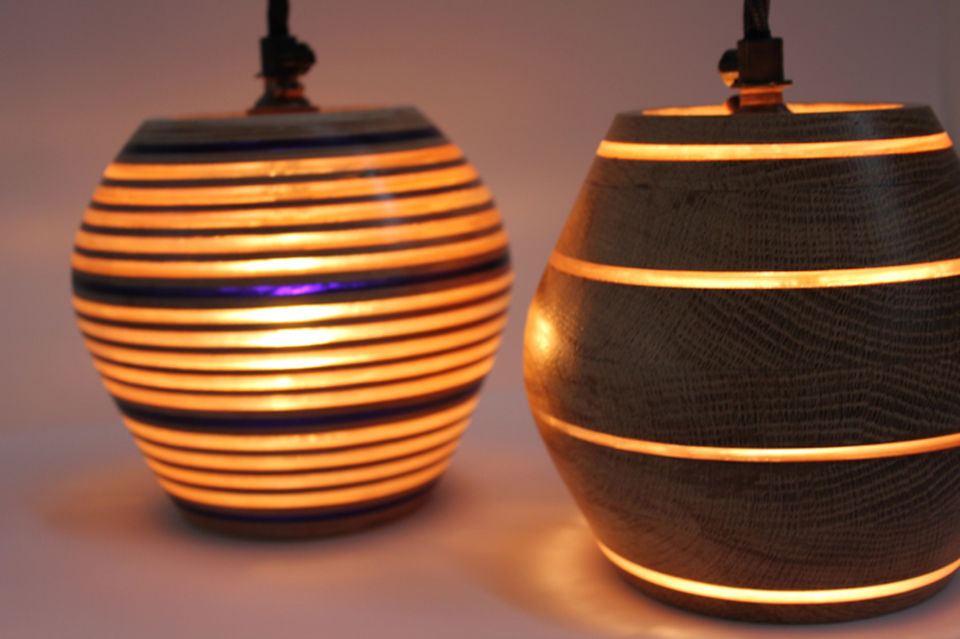
I've always been a very creative person and it always looks like I've had two very distinct career paths, but they're actually a lot more similar than they seem and they've come together in ways I didn't expect necessarily. I think that the communication side of it and working with the population I was working with and working in that emotional supportive role, is something that I've found really helpful in design, because you do learn to trust what you're saying and trust your instincts and being able to say ‘it might not be for everyone, but this is something I'm going to stand behind’. It's about trusting your process. If you've done the research, if you've done the work, if you've really lived in it and explored it, and if I'm working with a client, and I'm doing my best to know them as a person, to know their life and what they're hoping something is going to bring into their space, or what they're hoping for a product to achieve, then I think you can stand behind that and be confident with it because I’ve tried to look at it as holistically as possible.
An area that I’m very passionate about and that Nadhura is focusing on is the concept of universal design and inclusive design in creating design that is accessible to all people, designing for all people. It's an area that there’s a lot of standards around how to create a space that is physically inclusive for people with various needs. There's a lot of great things happening with the National Centre for Excellence and Universal Design - they do an awards scheme and looking at products and public spaces and how that can be more inclusive for people with different sensory impairments. I really am passionate about taking it further and looking at psychosocial support and how we can create public spaces that are intentionally designed to support all people - especially people with behavioural needs, or people who have experienced trauma -and ways that we can create a space that's truly inclusive for everyone.
How does that translate in a space?
For instance, if you're looking at people with different behavioural needs or psychosocial needs or cultural inclusion, how you can create a space that is such that somebody can really understand how to interact with it, and they feel really safe in that space? For example, the organisation I worked with, when we were creating a purpose-built site in Colorado, we were looking at where buildings were located so that the dining hall is in the centre of camp next to the medical room. All pathways were designed and all living spaces were designed that somebody could naturally understand that moving towards the centre is where you would naturally move towards if you wanted to be more social, and interact with people but as you moved out, there were more quiet spaces, there were garden spaces, there were benches so that people could go and remove themselves from the group to have some time on their own and perhaps reflect and process - that flow of how rooms are adjoined to each other and with that, comes the other interiors elements that you think of in terms of perhaps flooring or wall colour. It’s things that we have and take for granted in spaces because they're designed internationally already, but being able to look at them with the broader population in mind and really looking at that with intention.

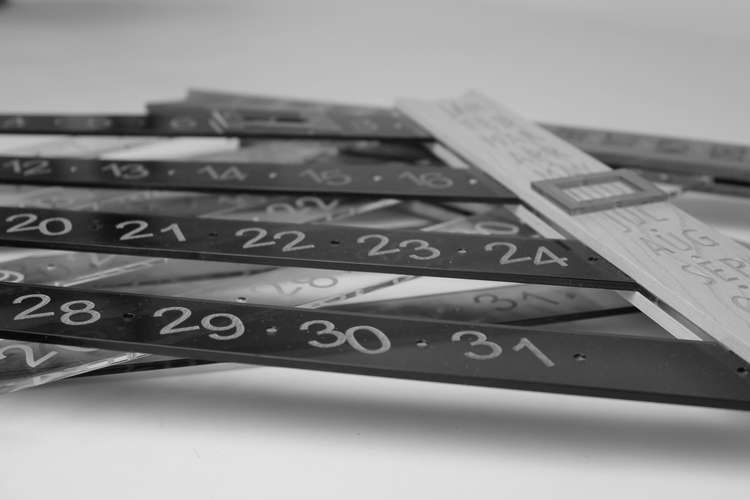
Did you know you would have been good at this before you started?
No, I'd never touched a tool. It was terrifying. I'm still so passionate about the career I was in. I still volunteer, I worked in the centres with the global programme working on programmes in Africa and Asia with young people with HIV. So it's a very huge part of who I am, but I really needed to be doing something different and I really needed a creative outlet. Furniture design is very cathartic; there's something unique about working with wood as a material. Especially in Connemara - there's such an amazing craft heritage in Ireland and a huge respect for the material and for the traditional craft side of it. When I joined the course, I had no idea whether I was going to stay for a year and hate it, or be rubbish at it, but I absolutely loved it. And a lot of what I’ve focused on in my later years in my own products is lighting and lighting design. We were talking about this in work recently - it's like your greatest vice. You walk into a space now and you start noticing exactly what the furniture is, what the layout is, what the colour scheme is, what the lighting is. I'm there taking pictures of light fittings before I even notice what's going on. Or seeing everything as a color palate, it takes over how you're interacting with the world. Living so far away from my family in Canada, and my sister is in New Zealand, I actually found myself making a lot of products that were easy to ship to her. So I would focus a lot of different ways that you could create lighting in a way that's not prohibitive from a cost perspective, it’s not prohibitive in what I could send her as a gift, and again, it's about making it beautiful, for people being able to have beautiful things that they really love in their space because that's so important.
What are your plans?
I've just taken on the role of the chair of the board of Design Network West and so we have Galway Design Week, which is the 31 October to 6 November. I got involved with Design Network West when the festival was on last year and I'm really excited to be a part of it again and looking at ways we can facilitate more conversation between creatives. We're also looking at ways that we can collaborate across disciplines and work together in the industry.
What's the overall vision for the Network?
There's a lot of chit chat that I've heard around Galway - people wanting shared workspaces, shared display, potential retail spaces, so Design Network West will probably be involved in some of that if that's what members are looking for. The board for the network was also involved in mentorship through the Creative Enterprise Programme that started at Cluain Mhuire campus this year and also with the Biz Mentors from Sccul. We’re also looking at how we can support new creative entrepreneurs that are in Galway, so I think once we have a membership drive, we can pull together the creative community in Galway and see what it is that people want. We can have ideas about what we think is necessary, but we're only a small group of people and it's important that it's a network that is for the creative community.
Beautifully designed and bespoke products can be seen as this thing that only a certain group of society can afford - what's your view on that?
That's a really interesting point. Professionally with Nadhura, because of the way that we've designed it - writing out of intelligence into the 3D model of our furniture and having it all driven by logic - it's parametrically drawn. So you could say. I want a kitchen dresser, but these are the exact dimensions of my room and I want it to fit right here, and have it in this colour. I'd like to change this feature and that feature’. Because of the way we design, we can make those changes instantaneously and send them off to manufacture, so people are able to codesign their products without there being this crazy timeline or crazy price that comes from having an entirely bespoke piece. That's something I really love about what we do - being able to help people be a part of the design process and be able to spend the money on something that's exactly what they want, without it being just for people with a certain lifestyle and just people with a certain amount of money. I think that's really important and that's something that in my own life - I live in a small apartment and haven't won the lotto yet, so being discerning about what to have but being able to pick and choose the things that really express who you are, and really create an environment that you want to be in, is very important. Design is for everyone.
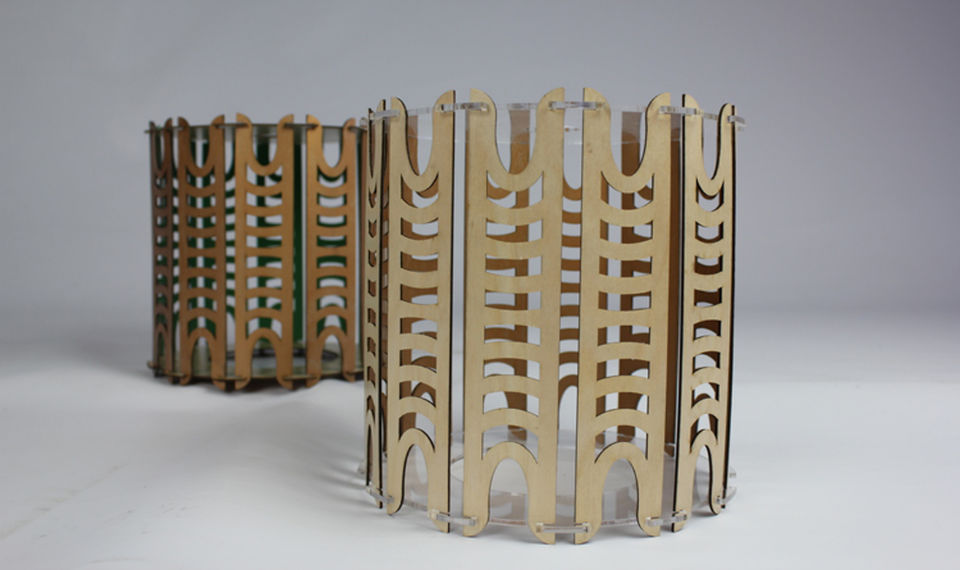
With regards to design in Galway, where do you see it at?
I think it's a really exciting time. I know in the work that we're doing in Nadhura, there are some projects that we're working on and some technologies that we're applying to the work we do that are very innovative. I think something that really draws me to Galway is how authentic Galway is, and there are so many wonderful things that are happening here that don't maybe have the recognition they deserve. I think once that starts, things are going to explode with what's happening. There's so much talent and there's so much natural creative energy and inspiration here. We're all really excited about the potential of Galway 2020 and what that will bring in terms of showcasing what Galway has to offer.
What would you like to see for Galway going forward?
I think there's a great creative community here. I think people tend to be working in smaller clusters and I'd love see, whether it be a shared workspace or a shared display space, the different creative folks in Galway coming together a lot more so that it's something that we can showcase to those that are living in Galway, Ireland, and further afield, as opposed to visitors coming and seeing small pockets of what's happening. There's such a diverse group of people that are creating and producing really phenomenal things. I think what's great is that Galway is really authentic - it's not inaccessible or pretentious. Before I lived here, Galway had always been a city to me that felt so friendly and so warm and welcoming. Being able to do that in the creative sector and with design is really important because sometimes design can seem really inaccessible. I think it's really important to just open that up - I’d love to see Galway doing that more in the future.
- Declan Gibbons - Previous
- Next - Mike McCormack
